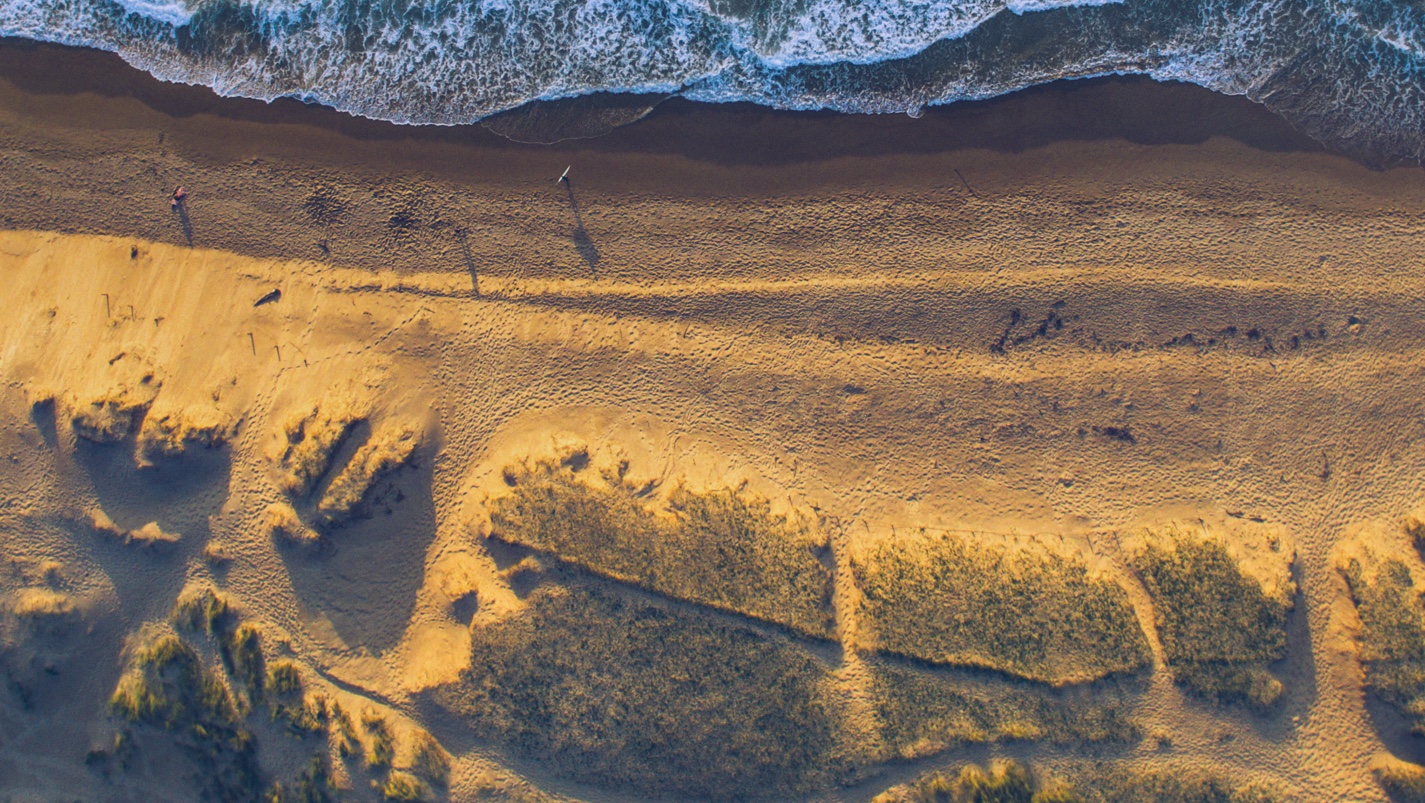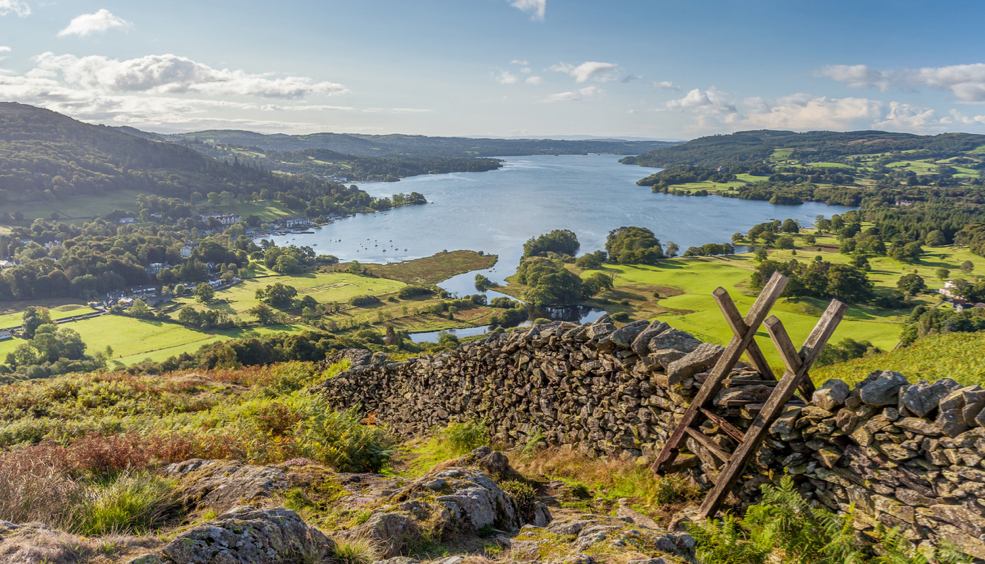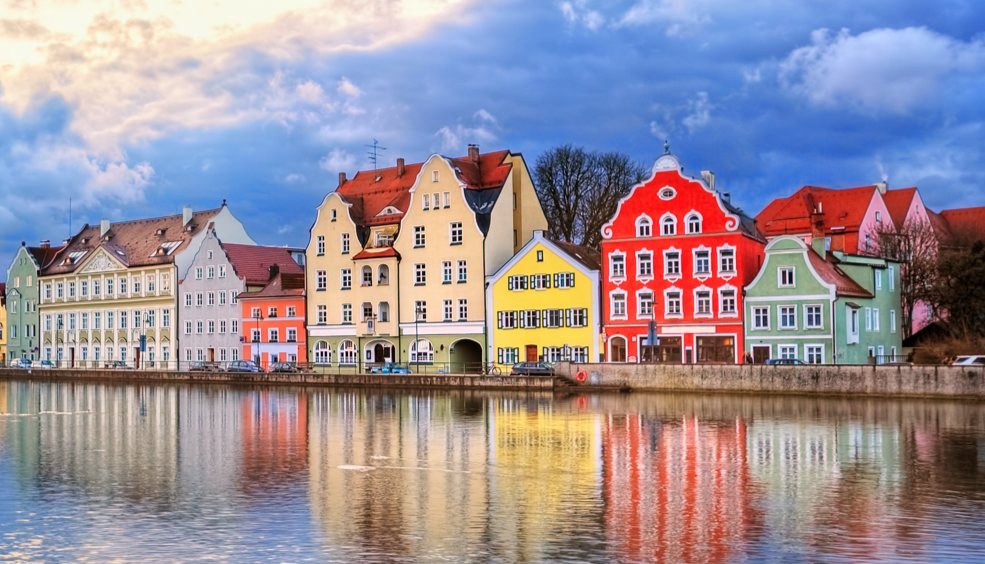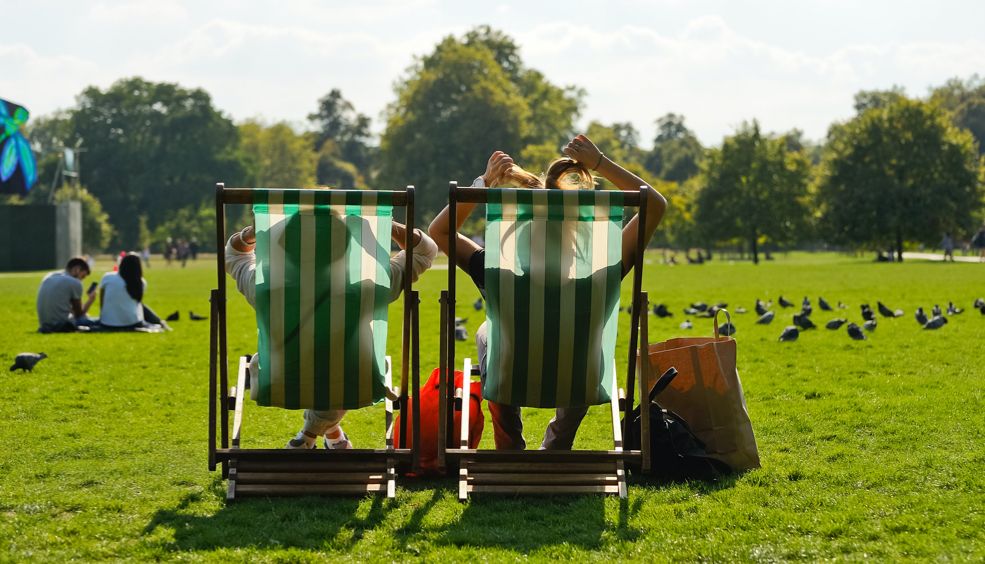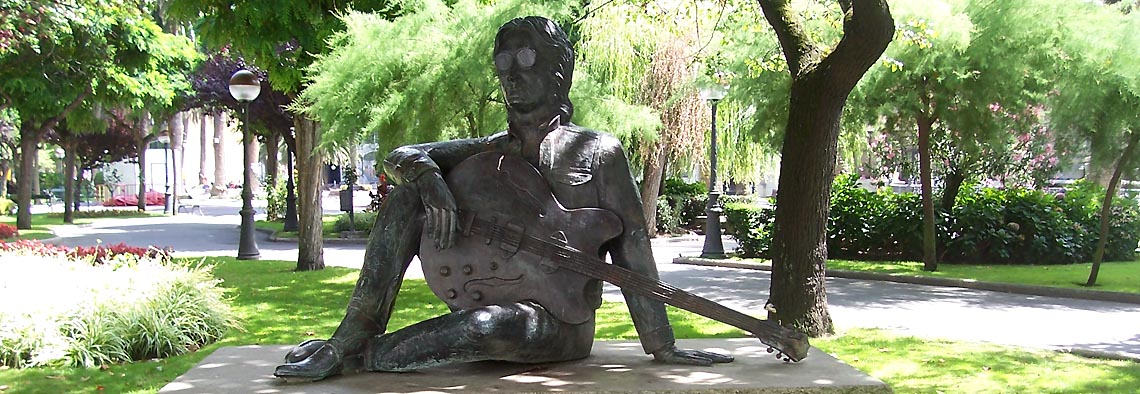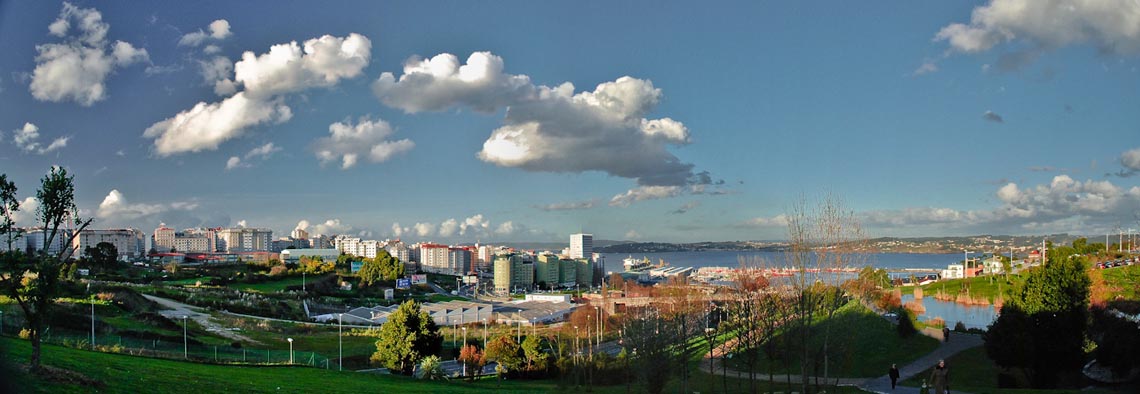Descubriendo Tesalónica
25 September, 2016
Thessaloniki is redolent with a chaotic – and even decadent – air, set in the West but facing the East, proud of a past characterised by Roman, Byzantine and Ottoman influences, yet imbued with modern, contemporary momentum.Thessaloniki (or Salonika) is not as popular as the capital, Athens, and does not exert the same draw as the absolutely exquisite Greek islands, but its streets are full of the delights that warrant flying there to be able to stand before the White Tower. Here, then, are some of its myriad charms.
Although a typical drink throughout the country, in Thessaloniki, frappé coffee is a religion. You will see them everywhere and at all hours, local folk sipping away at them in huge glasses, stuffed with a sort of evolved, iced cappuccino topped generously with foam. Cafés, bars, restaurants, ice-cream parlours… it is served in all kinds of establishments, but the best of them all is Paradosiako, an exquisite café and ice-cream parlour located in Aristotelous Square, the hub and heart of the city.
Thessaloniki is a city of churches. Marvellous churches, like Agios Panteleimon, the Church of the Acheiropoietos and Agios Athanasios. However, the most iconic church in the city is clearly the monumental Church of the Rotonda or Agios Giorgios. Designated a World Heritage Site in 1988, together with the Arch of Galerius (just over 100 metres from the Rotonda), this is the oldest church in Thessaloniki or, as some sources would have it, the oldest church in the world.
Sport is taken seriously in Greece, and in Thessaloniki, no less so. It is quite an experience to visit that volcano of passions, the Toumba Stadium, to see PAOK FC playing. Or, if your thing is basketball, head for the clamorous Alexandreio Melathron arena, home to the historic Aris FC.
Adjacent to Aristotle Avenue stands the Ladadika, the former oil market. You can find all kinds of shops and stalls in this maze of alleyways, a blend of Western market and Arab souq, with wares ranging from food to garments, and from spices to implements. On the south side, near the sea, is an area with the most contemporary restaurants in the city.
The epitome of the Mediterranean diet, Greek food is an orgasm on one’s taste buds. Bent on savouring one of the most widely acclaimed cuisines in the country, it would be a sin to visit Thessaloniki without tasting such local delicacies as xoriatiki salata, melitzanosalata, moussaka, youvetsi, bouyiourdi or mydia saganaki.There are excellent restaurants and taverns all around the city, but Neos Galerios (Apellou 3) is one of those small family restaurants (a variation on the Spanish Casa Pepe) where you can eat plenty and well for a moderate price.
In 1917 Thessaloniki was devastated by a fire from which only the upper district of Ano Poli was spared. Ringed by part of the old Byzantine and Ottoman walls, this jigsaw of steep, winding streets, and one-storey houses with colourful patios, enjoys privileged views of the rest of the city down below. You can walk up to Ano Poli, but the climb is likely to wear out your shoe soles. Your best bet is to take bus 50 which follows a circular route past the city’s cultural landmarks.
Thessaloniki is Greece’s cultural capital, particularly when it comes to the world of cinema. The majestic Olympion Theatre, located in beautiful Aristotelous Square, is the site of the Thessaloniki International Film Festival, the leading event of its kind in the country. Less than five minutes away lies the old harbour which has been partly remodelled and given over to cultural activities. One of the old shipyards now houses the Thessaloniki Cinema Museum. The rest of the refurbished shipyards host such events as the local editions of the Barcelona In-Edit (a music documentary film festival), and OffsideFest, a football documentary film festival.
The symbol of Thessaloniki is the White Tower, the sort of landmark which visitors to any city are bound to come across, even unwittingly. Once used as both a fortress and prison, the structure you see today was built during the period of Ottoman domination by Suleiman the Magnificent, most likely on the site of a pre-existing medieval construction. The White Tower is the point of departure for a walk down the Nikis, a promenade which stretches for several kilometres along the city’s seafront.
Mt Athos lies about three hours’ drive from Thessaloniki. Sacred to the Greek Orthodox Church faithful, this mountain rises from a rocky peninsula alongside the Aegean Sea. Around twenty monasteries are located on this mountain, including some of the oldest and remotest monasteries on earth, which are home to about 1,500 monks. The Holy Mountain enjoys a form of local autonomy and access to it is restricted. Women are not allowed to set foot on the mountain, while access to male visitors is limited to 200 Greeks and 10 foreigners per day.
Don’t wait to experience the magic that is Greece – check out our flights here.
Text by Oriol Rodríguez for Los Viajes de ISABELYLUIS
Images by L'imaGiraphe, Tilemahos Efthimiadis, Stella Vardaki, Dmitry Artyukhov
25 September, 2016

